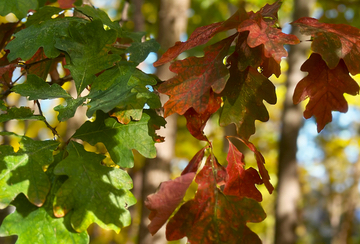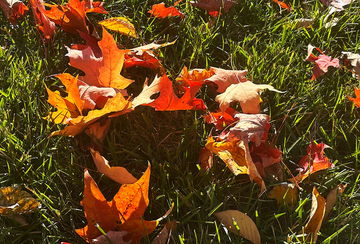
Before Winter

As the warm season nears its end, I usually feel nostalgic, but this year has been so full of hectic activity and strange weather, it left me unsure of how to feel.
Let's just say the garden looks tidy enough for winter, even though the trees and shrubs grew so much that they now overshadow all the flower beds.
Gardens are dynamic living entities that experience growth and change.
Although their basic structure remains intact, every year brings a fresh look.
So, I went back to my gardening books to research and plan the full shade borders for next year, and I'm hoping for better luck with the snakeroot, foxtails, monkshood, and foam flowers that have been uncooperative so far.
The early garden enjoys full sun exposure, and it's not too late to plant the spring bulbs, assuming I can find any this late in the season.
It's not cold yet, there has been sufficient rain to keep the grass green, and another spring is just a few months away.
That's why I love gardening.

Why Do Leaves Change Color in the Fall?

The process begins after the fall equinox, as the reduced light levels prompt the leaves to slowly close off the sap vessels that link them to the branches and initiate the breakdown of chlorophyll.
Carotenoids, responsible for the yellow and orange colors, are present in the leaves throughout the summer, but are masked by the chlorophyll.
When the latter is no longer present, the other pigments express their true colors.
Anthocyanins, which give foliage its bright red and purple colors, are produced in the fall, with the help of the sugar trapped in the leaves.
These compounds act as a natural sunscreen, safeguarding the foliage from sunlight and enabling it to remain on the branches for an extended period.
All nutrients in the leaves are eventually absorbed by the tree, leaving behind only the tannins that cause foliage to turn brown.
As far as what fall coloring is to be expected, bright, dry, and sunny days paired with cold nights result in stunning showcases of coppers and reds, while cool and rainy days highlight the vibrant yellows and golds.
